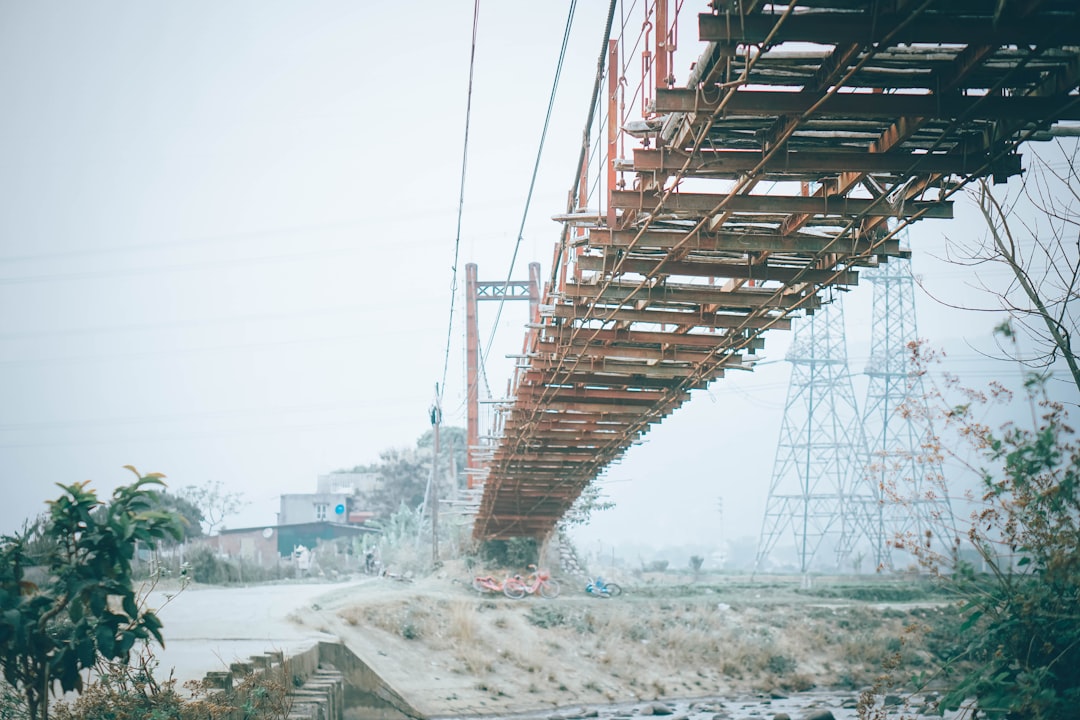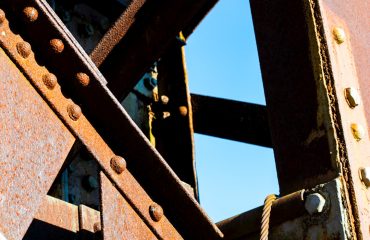Industrial steel frame projects are transforming the landscape of construction, offering unparalleled strength, flexibility, and speed. From sprawling warehouses to towering factories, steel frames are the backbone of modern industry. This comprehensive guide delves into the intricacies of these projects, exploring their design, construction, advantages, applications, and the future of this dynamic field.
The Design & Engineering Marvels of Steel Frame Structures
The design phase of an industrial steel frame project is crucial. It involves meticulous planning, considering factors like load-bearing capacity, seismic activity, wind loads, and the specific needs of the intended use. Sophisticated software and engineering expertise are employed to create detailed blueprints and structural analysis reports. These reports ensure the stability and safety of the structure throughout its lifespan. Key considerations include the selection of appropriate steel grades, the design of connections (welded or bolted), and the incorporation of bracing systems to resist lateral forces. Sustainable design practices are increasingly integrated, focusing on minimizing material waste and maximizing energy efficiency.
Construction: A Symphony of Steel & Precision
The construction phase is a carefully orchestrated process. It begins with site preparation, including groundworks and foundation laying. Pre-fabricated steel components, often manufactured off-site, are then transported and erected with the aid of heavy machinery like cranes. The precision of steel fabrication allows for rapid assembly, significantly reducing construction time compared to traditional methods. Quality control is paramount throughout the process, with regular inspections ensuring adherence to design specifications and safety standards. The speed and efficiency of steel frame construction contribute to cost savings and faster project completion.
Unmatched Advantages: Why Choose Steel for Industrial Projects?
Steel’s dominance in industrial construction stems from its numerous advantages. Its high strength-to-weight ratio allows for the creation of expansive structures with minimal material, reducing costs and environmental impact. Steel is also incredibly durable, resistant to fire and pests, and requires minimal maintenance. Its flexibility allows for creative architectural designs, accommodating diverse functional needs. Furthermore, steel is fully recyclable, making it a sustainable choice for environmentally conscious projects. The speed of construction translates to quicker occupancy and return on investment.
Diverse Applications: From Warehouses to Factories & Beyond
The versatility of steel frame construction makes it suitable for a vast range of industrial applications. Large warehouses and distribution centers benefit from the open floor plans and high ceilings that steel frames allow. Manufacturing facilities can be customized to accommodate heavy machinery and specific production processes. Steel is also ideal for cold storage facilities, requiring robust insulation and temperature control. Beyond these, steel frames find applications in agricultural buildings, aviation hangars, and even large-scale sporting arenas. The adaptability of steel ensures its relevance across diverse industrial sectors.
Future Trends in Industrial Steel Frame Projects
The future of industrial steel frame projects is marked by innovation and sustainability. The integration of advanced materials, such as high-strength steel and composite materials, is enhancing structural performance and reducing weight. Building Information Modeling (BIM) is revolutionizing design and construction processes, enabling better collaboration and reducing errors. Prefabrication techniques are becoming increasingly sophisticated, leading to faster and more efficient construction. Furthermore, there’s a growing emphasis on sustainable practices, incorporating recycled steel and designing for energy efficiency to minimize the environmental footprint of these projects. The adoption of smart technologies, such as sensor integration for structural health monitoring, further enhances the longevity and safety of these structures.
Conclusion: Industrial steel frame projects represent a significant advancement in construction technology. Their combination of strength, speed, and flexibility makes them the preferred choice for a wide range of industrial applications. As technology continues to evolve, we can expect even more innovative and sustainable steel frame structures to shape the future of industrial development.




